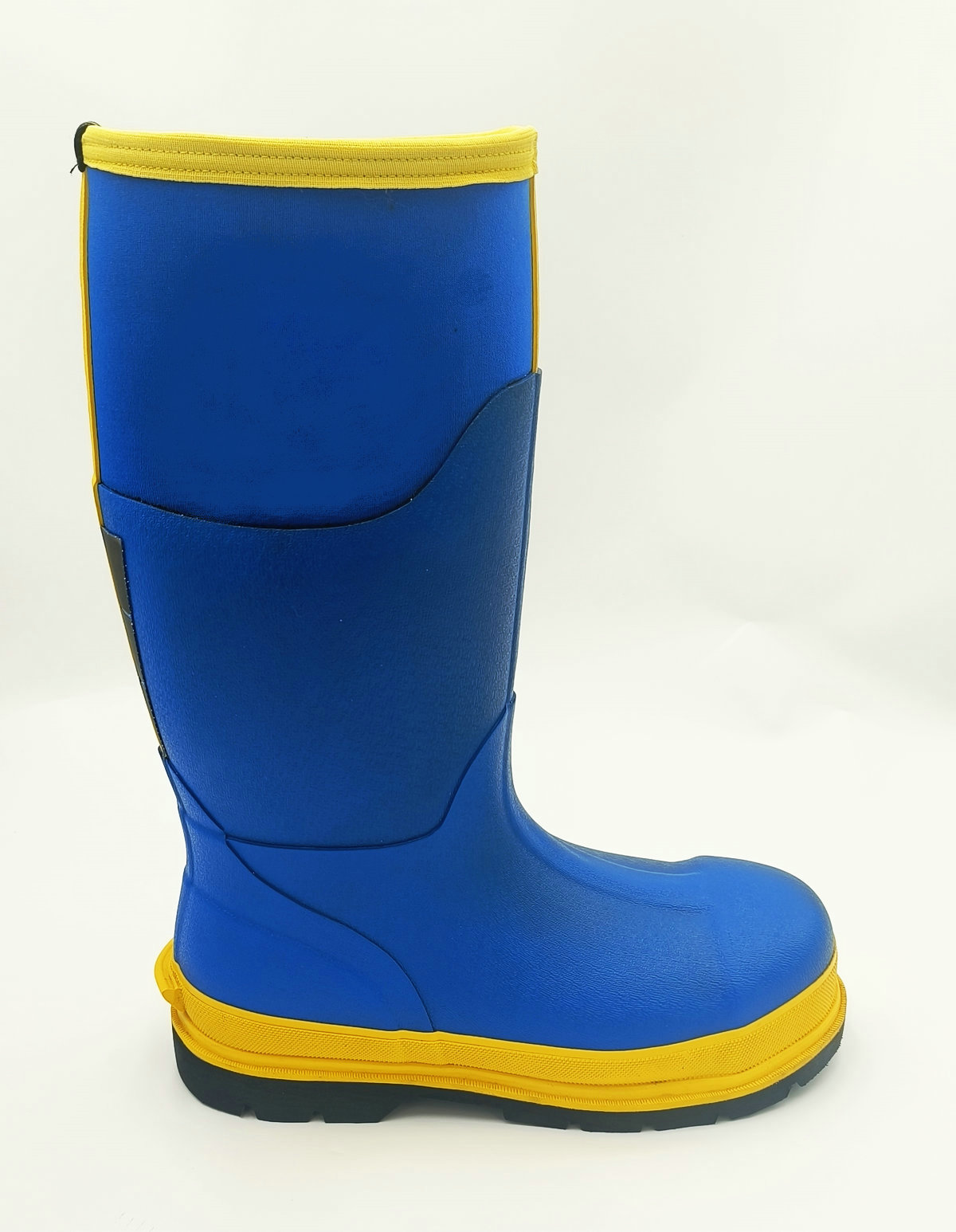The Evolution of Sports Footwear A Journey Through Innovation and Style
Sports footwear has come a long way since its inception, evolving from rudimentary designs to highly specialized and technologically advanced shoes. This transformation reflects not only the advancements in material technology but also a growing understanding of human biomechanics, athletic performance, and fashion trends. Today, sports footwear is not just about functionality; it represents culture, identity, and personal expression.
The Early Days of Sports Shoes
The history of sports footwear can be traced back to the early 19th century when shoes were primarily constructed for utility rather than performance. The first significant stride toward specialized sports shoes can be credited to the introduction of canvas sneakers by brands like Keds and Converse in the late 1800s. These shoes featured rubber soles, providing athletes with better grip and flexibility for various sports. However, it wasn't until the mid-20th century that the market truly began to develop, thanks to a burgeoning interest in recreational sports and fitness.
The Rise of Brands and Innovation
As the popularity of sports grew, so did the competition among footwear brands. Companies like Nike, Adidas, and Puma emerged in the mid-20th century, introducing innovative designs and technologies that would shape the industry. The introduction of the cushioned running shoe in the 1960s marked a pivotal moment, as athletes began to demand shoes that could enhance their performance while providing comfort.
Nike's launch of the Air technology in the late 1970s revolutionized sports footwear. By incorporating air pockets into the sole of the shoe, Nike provided additional cushioning, reducing the impact on athletes’ joints. This innovation not only improved performance but also attracted a fashion-conscious audience, blending athletic functionality with street style.
The Role of Technology in Performance
sports footwear

In recent years, the emphasis on technology has only increased. Modern sports footwear incorporates advanced materials such as lightweight synthetic fabrics, breathable mesh, and high-resilience foam, allowing for better performance in a variety of conditions. Brands have also focused on biomechanical research, leading to designs that better support natural foot movement. For instance, shoes now feature elements like stability control, arch support, and flexible soles that cater to specific activities—runners, basketball players, and casual athletes alike can find footwear tailored to their unique requirements.
Additionally, advancements in 3D printing technology are now allowing brands to prototype and produce custom footwear that fits an athlete's foot precisely. This bespoke approach not only maximizes comfort but also reduces the risk of injury, as shoes can be designed to counteract individual biomechanical issues.
The Intersection of Fashion and Function
While performance remains at the forefront of sports footwear design, the aesthetics of these shoes have also gained significant prominence. The 1980s and 1990s witnessed a crossover where athletic shoes became integral to everyday fashion, thanks to celebrities and athletes endorsing them. Today, many sneakers are designed with striking colors, bold patterns, and collaborations with high-fashion brands, creating a subculture that celebrates sneaker culture. Limited-edition releases and collaborations, such as those between Adidas and Yeezy or Nike and Off-White, have turned sports footwear into coveted collectibles.
Sustainability in Sports Footwear
As consumer awareness of environmental issues continues to grow, the sports footwear industry has begun to prioritize sustainability. Major brands are exploring eco-friendly materials and manufacturing processes, aiming to reduce their carbon footprint. Initiatives like Nike's Move to Zero and Adidas's Parley line, which incorporates recycled ocean plastics into their shoes, highlight the industry's shift towards more sustainable practices.
Conclusion
The journey of sports footwear from simple utilitarian shoes to fashionable, high-tech gear reflects broader trends in society, culture, and technology. As athletes, fitness enthusiasts, and fashion lovers continue to seek footwear that meets their diverse needs, it is clear that the evolution of sports footwear will continue. The future promises further innovations, with a focus on sustainability, biomechanical enhancement, and versatile design, ensuring that sports footwear remains an essential part of both athletic performance and everyday life.
-
Stay Dry in Any Condition with WadersNewsJul.17,2025
-
Elite Performance with Camouflage Combat BootsNewsJul.17,2025
-
Dry and Comfortable with Green Rubber Garden ShoesNewsJul.17,2025
-
Convenient Protection with Foldable RainbootsNewsJul.17,2025
-
Comfort and Protection with Neoprene Work BootsNewsJul.17,2025
-
Brighten Rainy Days with Floral Rain BootsNewsJul.17,2025
-
Safety Wellies: The Ultimate Combination of Protection, Comfort, and VisibilityNewsJun.19,2025











